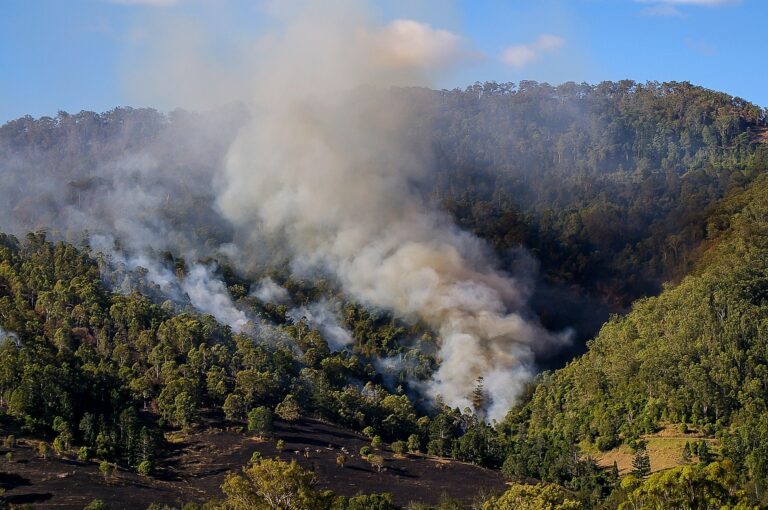The World Meteorological Organization (WMO) has released a new bulletin on aerosols, which examines the impact of wildfires on climate and air quality.
According to the WMO, the bulletin covers the 2019/2020 Australian bushfires, the 2015 Indonesia peat fires, and smoke transport from boreal forest fires to the Arctic.
The bulletin, called the WMO Aerosol Bulletin on Biomass Burning, reported that the general trend in fire activity has been observed to be one of decline over the past 20 years, largely driven by changes in the use of fire for agricultural land clearing in tropical regions.
The bulletin also revealed that clear trends are difficult to ascertain for extratropical regions due to inter-annual variability in the distribution and scale of fire activity.
The aerosol bulletin reflects on a number of episodes of forest fires that have led to substantial air pollution events with elevated aerosol concentrations. One of those episodes is the bushfires of the 2019/2020 southeastern Australian summer.
Smoke from fires severely reduced air quality across the entire south-eastern region of Australia, and long-range transport of smoke was observed to reach New Zealand on several occasions.
The maximum daily concentrations of PM2.5 particulate matter in the smoke plumes in Queensland and New South Wales were four times higher than the national standard, and eight times higher in Victoria. In the Australian Capital Territory they were almost 40 times greater, and at one air quality monitoring station the daily average PM2.5 concentration exceeded the national standard for 53 days between November 1, 2019 and February 28, 2020.
More than 10 million people are likely to have experienced some exposure to these hazardous concentrations of PM2.5, according to figures cited in the Aerosol Bulletin. One study estimated that this exposure may be responsible for approximately 400 excess deaths, 1,120 hospital admissions for cardiovascular problems, 2,030 admissions for respiratory problems, and 1,300 emergency department attendances for asthma.
According to the WMO, combining data from the growing global observation system, including from satellite sensors, will help to increase the timeliness of global fire data and provide valuable information for civil protection and air-quality monitoring.



